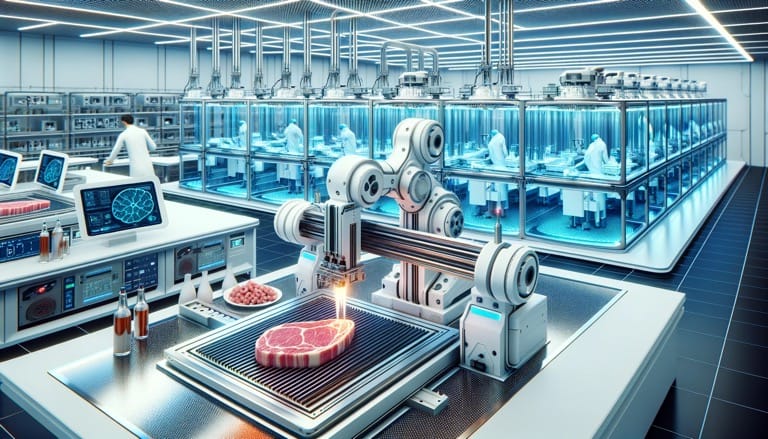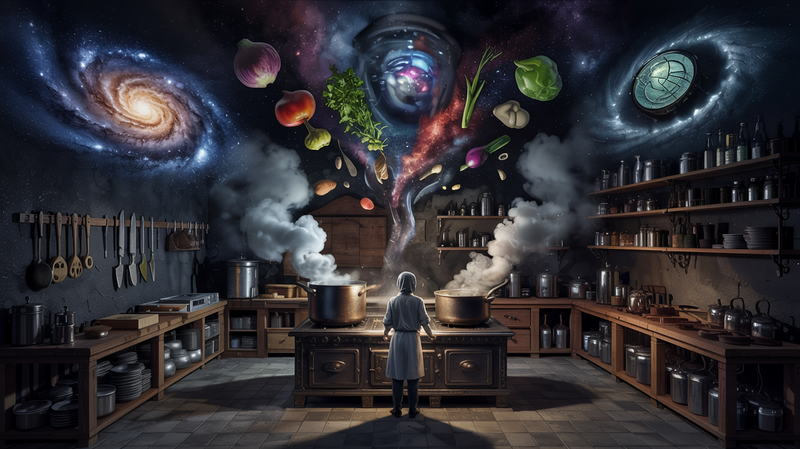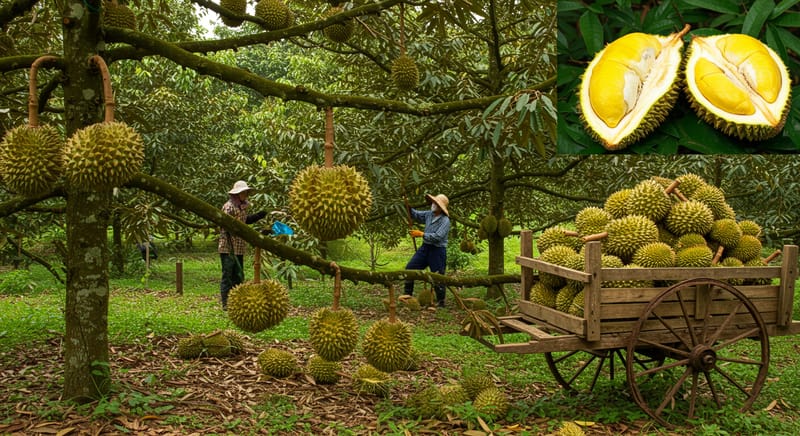Revolutionizing the Culinary World: Redefine Meat's 3D-Printed Steaks
In an era where technology and food innovation intersect, Redefine Meat, a pioneering company based in Holland, is redefining the culinary landscape with its groundbreaking 3D-printed steaks. This innovative process, producing a staggering 500 tons of synthetic meat per month, is not just a testament to technological prowess but also

In an era where technology and food innovation intersect, Redefine Meat, a pioneering company based in Holland, is redefining the culinary landscape with its groundbreaking 3D-printed steaks. This innovative process, producing a staggering 500 tons of synthetic meat per month, is not just a testament to technological prowess but also a beacon of sustainable and ethical food production.
The Genesis of 3D-Printed Meat
Redefine Meat's journey into the realm of alternative meat production begins at the cellular level. The process starts with the procurement of animal stem cells, selected based on the type of meat desired - from beef to poultry, pork, or fish. These cells undergo a meticulous process of cultivation in vitro. Immersed in a nutrient-rich serum within the confines of a climate-controlled bioreactor, the cells embark on a transformative journey. Over several weeks, they proliferate, interact, and differentiate into adipose and muscle cells, culminating in the formation of what is known in the industry as bioink.
The Art of 3D Printing Meat
The core of Redefine Meat's innovation lies in its 3D printing technology. A robotic arm, equipped with a precision nozzle, meticulously layers this bioink, following the intricate designs and structures laid out by a digital blueprint. This file, crafted using sophisticated computer-aided design (CAD) software, ensures the accurate replication of the meat's texture, structure, and even the nuanced vascularization patterns, depending on the type and cut of meat. The process demands the bioink to possess a unique consistency - it must be viscous yet solid enough to maintain structural integrity, mirroring the complex architecture of natural meat.
Culinary and Environmental Implications
Redefine Meat's foray into the German market, with around 110 restaurants already incorporating their synthetic steaks into their menus, marks a significant shift in culinary practices. This novel approach to meat production opens up new avenues for chefs and restaurateurs to explore, offering a product that is not only technologically advanced but also environmentally conscious. The appeal of Redefine Meat's product lies in its ability to offer a sustainable alternative to traditional meat production, addressing some of the most pressing issues of our time, including environmental degradation, ethical concerns around animal welfare, and the ever-growing demand for food due to the increasing global population.
Looking Ahead
As Redefine Meat continues to refine and expand its technology, the potential implications for the future of food are immense. This innovation is a stepping stone towards a more sustainable culinary future, offering an alternative that could significantly reduce the environmental footprint of meat production. The journey of Redefine Meat is not just about creating a new food product; it's about reshaping our relationship with what we eat, how we produce it, and the impact our choices have on the planet. As we look ahead, Redefine Meat stands at the forefront of a food revolution, one that promises to bring about change in the most delicious way possible.




